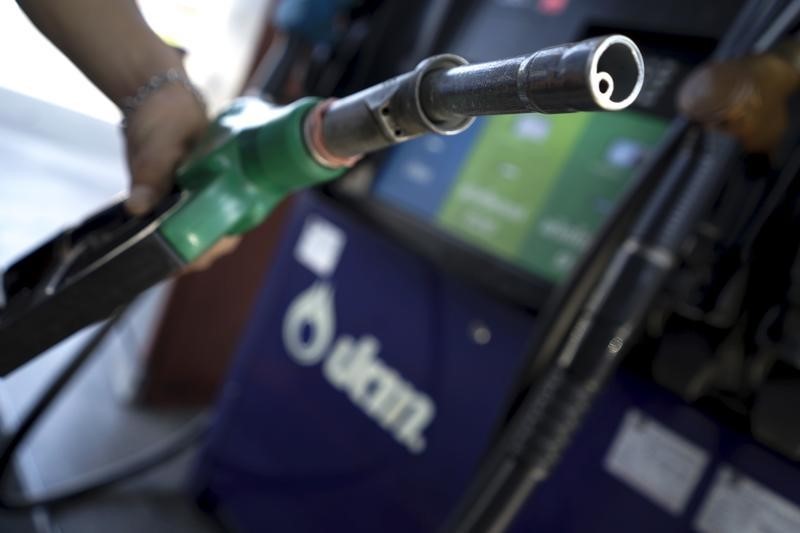Investing.com-- Oil prices rose Thursday, boosted by the International Energy Agency lifting its annual crude demand growth forecast, while a substantial draw in U.S. gasoline inventories pointed to tighter fuel supplies.
By 10:25 ET (14.25 GMT), the U.S. crude futures traded 1.9% higher at $81.20 a barrel and the Brent contract climbed 1.5% to $85.25 a barrel, both climbing to their highest levels since early November.
IEA lifts 2024 demand growth forecast
The IEA raised its forecast for world oil demand in 2024, saying it will rise by 1.3 million barrels per day, up 110,000 barrels per day from last month.
The agency also forecast first-quarter global demand growth to rise a higher than previously expected 1.7 million barrels per day because of an improved U.S. outlook and firmer bunkering demand owing to longer voyages to avoid the Red Sea (NYSE:SE).
OPEC on Tuesday kept its demand growth forecast unchanged at 2.25 million barrels per day, a substantially higher figure than the IEA estimate.
Hot PPI release has little impact
Hotter than expected U.S. inflation data, this time from the February producer price index, had little impact on crude prices today, as Tuesday's CPI had lifted expectations for a hefty numnber.
US inventory draws signal improving demand
The crude benchmarks had soared more than 3% on Wednesday, after an unexpected draw in U.S. oil and gasoline inventories indicated that demand in the world’s largest fuel consumer was picking up from a winter lull, especially as more refineries resumed operations after an extended winter break.
Official data showed that crude inventories shrank by about 1.5 million barrels in the Week to March 8, against expectations for a build of 0.9 million barrels.
But the kicker was a 5.7 million barrel draw in gasoline stocks, which was much more than expectations for a 1.9 million draw and marked a fifth week of outsized draws in the past six weeks.
The inventory readings signaled tightening oil supplies in the U.S., even as the country produced crude at record-high rates and was forecast to increase production this year.
Russian fuel refinery attacks support oil prices
Oil prices had also received support from Ukranian drone attacks on a major Russian fuel refinery, which reportedly put the facility out of commission.
The move is expected to limit Russia’s fuel output, and also comes amid already tight gasoline markets in the country.
Russia had earlier this month enacted a six-month ban on fuel exports - a move that is expected to substantially tighten fuel markets in swathes of Asia.
Increased clashes with Ukraine also point to elevated geopolitical risks to oil markets, which are already grappling with the Israel-Hamas war.
But despite strong gains, crude prices still remained within a $75 to $85 a barrel trading range established in recent months. More gains in oil prices were held back by concerns over weak Chinese demand and the prospect of higher-for-longer interest rates.
(Ambar Warrick contributed to this article.)
